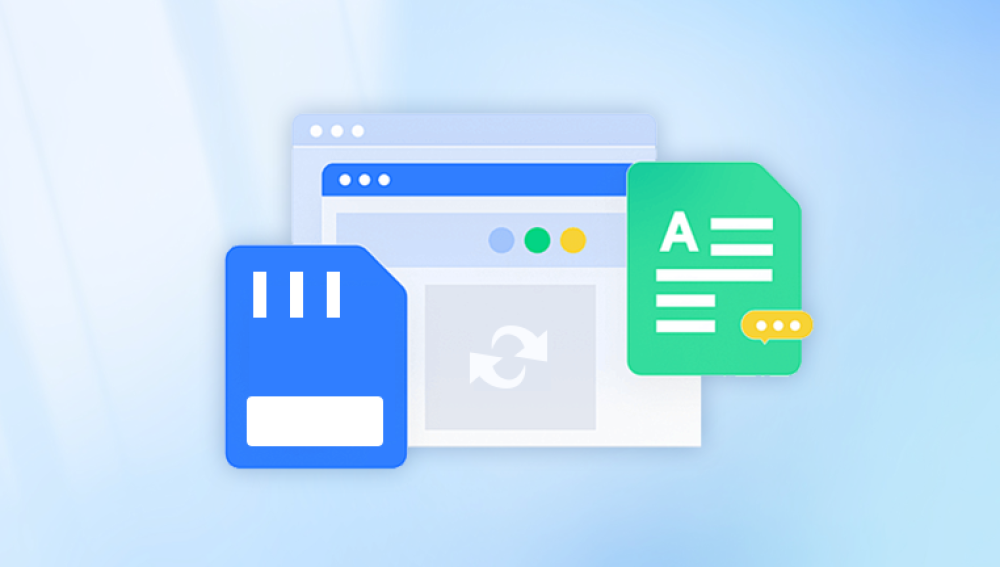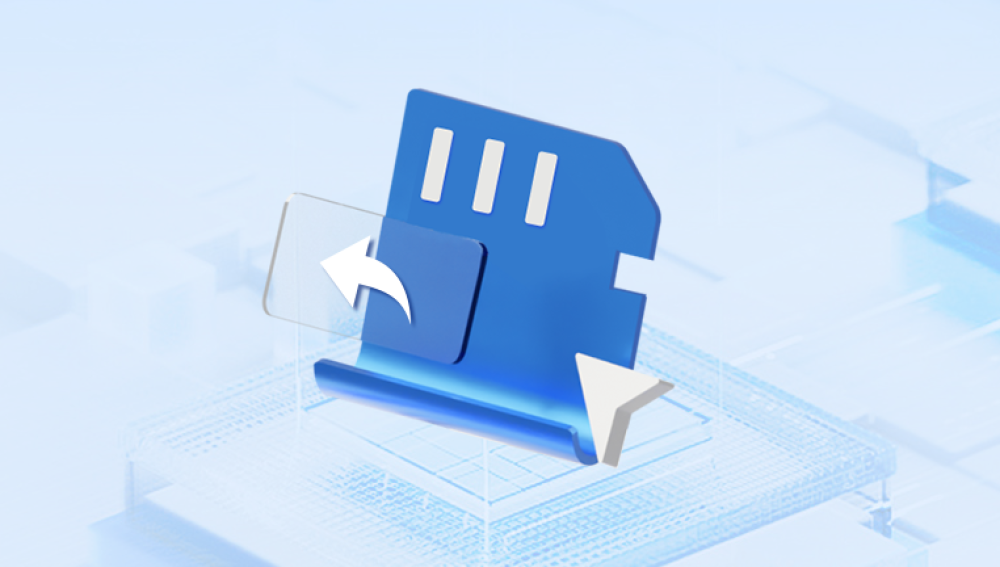SD cards are compact, convenient storage devices widely used in smartphones, digital cameras, dash cams, tablets, and other electronics. Despite their versatility, they are not immune to issues. SD card corruption is a common problem that leads to inaccessible or missing files. Fortunately, it is often possible to recover your data if you act promptly and use the right tools.
What Causes an SD Card to Become Corrupted?
Understanding the reasons behind SD card corruption helps in both prevention and recovery. Common causes include:
Improper Ejection: Removing the SD card without safely ejecting it can corrupt file systems.
Power Interruptions: Sudden shutdowns or battery removals during file transfers can damage files.

Virus or Malware Infection: Malicious software can corrupt data and system files.
Physical Damage: Bent, cracked, or worn-out SD cards may become unreadable.
File System Errors: Formatting issues or unsupported formats can prevent access.
Overuse: SD cards have a limited number of write cycles, and aging cards are more prone to failure.
Signs of a Corrupted SD Card
Files or folders are missing or unreadable
Device displays messages like "Card not formatted" or "Cannot read from device"
Slow file access or frequent crashes
SD card is not detected by devices or computers
Strange characters in file names
Initial Safety Steps Before Recovery
Stop Using the SD Card Immediately: Further use may overwrite lost data.
Check the Card on Multiple Devices: Rule out reader or port issues.
Use a Reliable Card Reader: Some built-in readers may not detect damaged cards.
Method 1: Use Built-in System Tools (Windows and Mac)
For Windows Users:
Insert the SD card.
Open File Explorer > Right-click the SD card > Properties.
Click the "Tools" tab > Error checking > Check.
Let Windows scan and repair the file system.
Command Prompt Method:
Open Command Prompt as Administrator.
Type chkdsk X: /f (replace X with your SD card drive letter).
Press Enter. Windows will attempt to fix file system errors.
For macOS Users:
Open Disk Utility.
Select the SD card from the sidebar.
Click "First Aid" and let macOS scan and repair the card.
Method 2: Use File Recovery Software
When an SD card becomes corrupted, your data may appear lost, but with a reliable tool like Drecov Data Recovery, you can often retrieve your files quickly and effectively. This software is designed to handle a range of data loss scenarios, including file system errors, accidental formatting, and logical corruption making it ideal for recovering data from damaged SD cards.
To begin the recovery process, first ensure the corrupted SD card is no longer in use to avoid overwriting lost data. Then, download and install Drecov Data Recovery on a computer (not the SD card). Once installed, insert the SD card via a card reader. The software will automatically detect connected drives, including the corrupted SD card.
Method 3: Try Accessing Hidden Files
Sometimes files aren't lost but simply hidden:
Open File Explorer > View tab > Check "Hidden items"
Use Command Prompt: attrib -h -r -s /s /d X:*.* (replace X with your SD card drive letter)
Method 4: Use a Different Operating System
Linux has tools and file system compatibility that sometimes handle corrupted cards better. Try accessing the SD card on a Linux machine to see if the files are visible.
Method 5: Use a Hex Editor (Advanced Users)
If you have technical expertise, tools like HxD allow you to view the raw data on the SD card. This is risky and should be attempted only by experienced users.
What If the Card Is Physically Damaged?
Recovery software won’t help in the case of physical damage. Options include:
Visual Inspection: Check for cracks, bent pins, or debris.
Professional Recovery Services: Companies like Ontrack, DriveSavers, and Secure Data Recovery have cleanroom environments and tools to handle damaged cards.
Preventive Measures for the Future
Always eject SD cards safely.
Avoid removing cards while files are being transferred.
Keep cards away from extreme temperatures, magnets, and moisture.
Regularly back up your data.
Use high-quality SD cards from reputable brands.
Replace cards showing signs of wear or slow performance.
Formatting the Card (Last Resort)
If recovery efforts fail and the card is recognized:
Backup any accessible data.
Format the card:
Windows: Right-click > Format > Choose FAT32 or exFAT.
Mac: Disk Utility > Erase > Select file format.
After formatting, try running recovery software again to retrieve files from the fresh structure.
Common Myths About SD Card Recovery
Myth: Formatting always destroys data.
Truth: Quick format usually doesn’t erase all data. It only resets the file system, making recovery possible.
Myth: Free recovery software isn't effective.
Truth: Some free tools like PhotoRec and Recuva are quite powerful.
Myth: You can recover data from any damage.
Truth: Severe physical damage may make recovery impossible even for professionals.
A corrupted SD card doesn't always mean permanent data loss. With a combination of system tools, data recovery software, and proper handling, many files can be retrieved. Early detection and action are critical. If software solutions fail or the card is physically damaged, professional services offer the best chance of recovery. Prevention, however, is the most powerful tool treat your SD cards with care, and always back up vital files. By following the methods outlined in this guide, you'll be well-equipped to restore files from a corrupted SD card and reduce the risk of future data loss.




